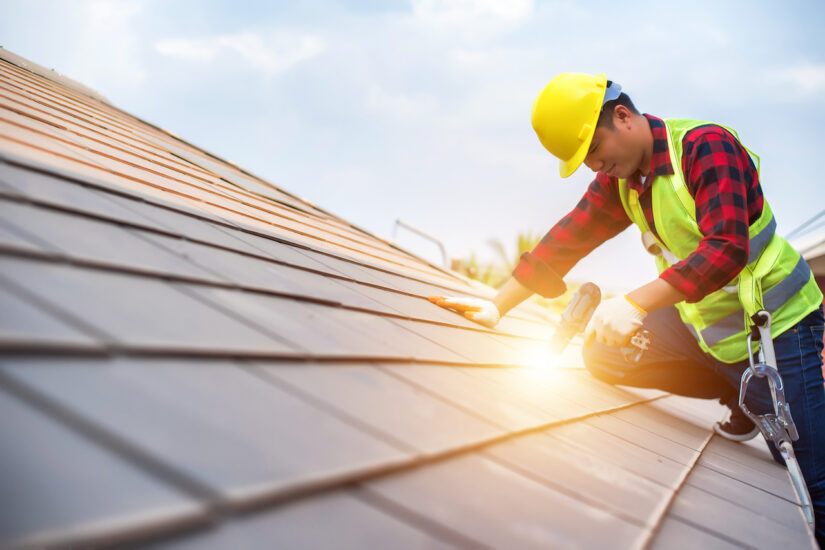With weather that is warm, rain comes in plenty, and a damaged roof might bring several problems, which might mean you hire wilmington roofing. A roof that is leaking might make your AC work overtime.
Your roof is one of the main things in your home. A roof that is well maintained and well repaired will protect your home from the intrusion of water, and that is why it is necessary to inspect the roof regularly. Insurance for homeowners covers damage for the roof, but additional coverage might be required for specific roof needs.
It is good practice to inspect your house roof in early summer or spring to ensure that it hasn’t been damaged by the winter snow, storms, hail, or ice. You should also inspect your roof in the fall to check if there are damages done in the summer falling trees, thunderstorms, and various hazards.
It is recommended that you get your roof to be inspected by a professional. The costs of using a professional to inspect your roof can range from free to a few hundred dollars. But if you are hard on cash and cannot find a contractor for the roof within your budget, you can use the following tips to inspect yourself.
Look for moss, algae, or piles of leaves
If you happen to have binoculars, you can start your DIY inspection of the roof while on the ground. Start by walking around the house to check your top piles of leaves, moss, algae, or any other growths or debris. Lichen, moss, algae, and piles of leaves are likely to cause serious damages to a roof. That is because they are capable of trapping moisture, which can easily seep into the roof sheathing below your shingles and even in the roof structural elements.
Look for curled or buckled shingles
Hot air found in your attic can easily make your shingles to buckle, warp or curl. Misshapen shingles are likely going to compromise your roof integrity, allowing water to enter and cause relatively bad ventilation. Asphalt shingles that are curled have to be replaced. If over a part of your shingles are curly, then it means it is reshingle time of the whole roof.
Check out for the missing, damaged, or shingles that are old
Damaged or missing shingles can easily allow water to start seeping in your roof. In case the shingles are wooden or made of shake, you will need to inspect them for signs of any dry rot, either from the ground or from a ladder – avoid walking on shake, clay tile, slate, or wooden shingle roof as they can suffer breakage. Look out for chipped, cracked, broken, or shingles that are missing. If it is a metal roof, check for corrosion signs, pitting, metal seams, rusting, or other wear.
Inspect the roof up close
If you can be able to get on a ladder and inspect your roof, that is better. While up, look out for any damages to flashings around the dormers, chimney, and vent pipes. Corroded or damaged flashings can allow water in the interior roof structure.


